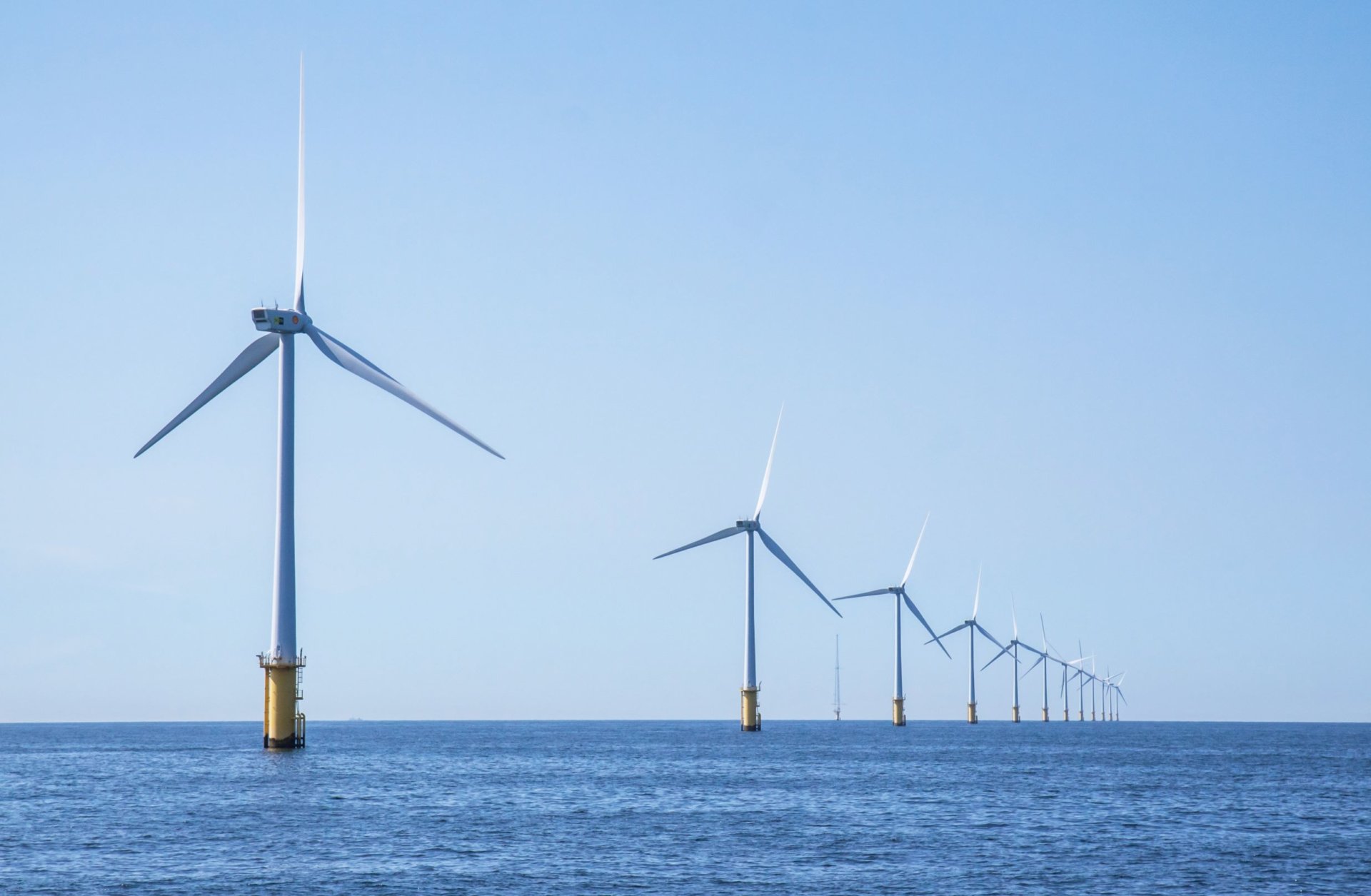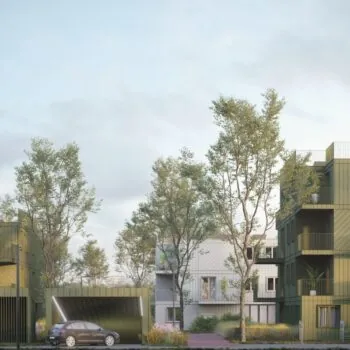The North Seas region provides excellent energy resources that could be the engine of the UK’s future economic activity and ensure delivery of net zero emissions by 2050. Developing an integrated and interconnected electricity grid in the North Seas and northwest Europe is key to unlocking the significant wind resources, zero emissions energy sources and grid flexibility that will be needed.
The UK government recognises the need for an integrated network for offshore wind. The time window available to act is however tight and 3 challenges remain to be solved:
1. Minimising environmental impacts and costs
The immediate priority is to find a solution that reduces adverse impacts on local environments from grid connections whilst maintaining the rate of deployment in line with government targets of 40GW by 2030. Reducing the number of network connections to the onshore grid by moving to an approach involving co-ordinated offshore connection to hubs across the North Seas represents a promising solution. Our modelling suggests there are £23-45bn (in the period out to 2050) in cost savings available from such a move.
Recommendation: The Government should work with the Electricity System Operator (ESO), project developers and environmental advocates to identify an implementation plan before the end of 2021 (and ideally before COP26). This should migrate as much of the current and future pipeline of offshore wind projects as possible to co-ordinated grid connection whilst avoiding excessive cost and disruption to projects.
2. Realising benefits from UK-EU coordination
The cost advantage of ensuring offshore grid design is co-ordinated with, and interconnected to, European neighbours is significant. We estimate a value of around £25bn across the North Seas in the period out to 2050. Whilst the post-Brexit trade agreement requires EU and UK parties to establish a technical discussion to address this issue, effective arrangements for network design and electricity trading will require new governance arrangements and shared control between countries. These are difficult political decisions and will not emerge from bottom-up technical working groups.
Recommendation: The Government should undertake the analysis to compare the benefits of multi-purpose interconnectors with a fully meshed grid to identify the ultimate objective of collaboration with the EU. It should immediately initiate the multi-level engagement processes to capture this win-win political opportunity to establish a collaborative UK-EU agenda post-Brexit. The initial priority should be to obtain top-level political agreement for the implementation of a new approach for offshore network planning and electricity trading by the mid-2020s.
3. Enabling optimal decision making
The key factors driving offshore network design are new and uncertain. They include demand for green hydrogen, electrification of heat and transport, improvements in energy efficiency, deployment of decentralised energy resources, and deployment of smart, controllable demand-side response. Previous approaches and institutions cannot be relied upon to deliver coherent, integrated infrastructure planning.
Recommendations:
- The government should establish a transparent and independent process or body to identify future technology costs and deployment potentials. This would be used to determine low regret deployment pathways for offshore wind resources.
- The government must provide the ESO with a framework that sets out how other demands for offshore spatial resources should be incorporated into the offshore network planning process. This framework must comply with strict requirements to limit marine and coastal environmental impacts.


